Top Things to Know Before Buying Front of House Landscaping: A Guide to Curb Appeal
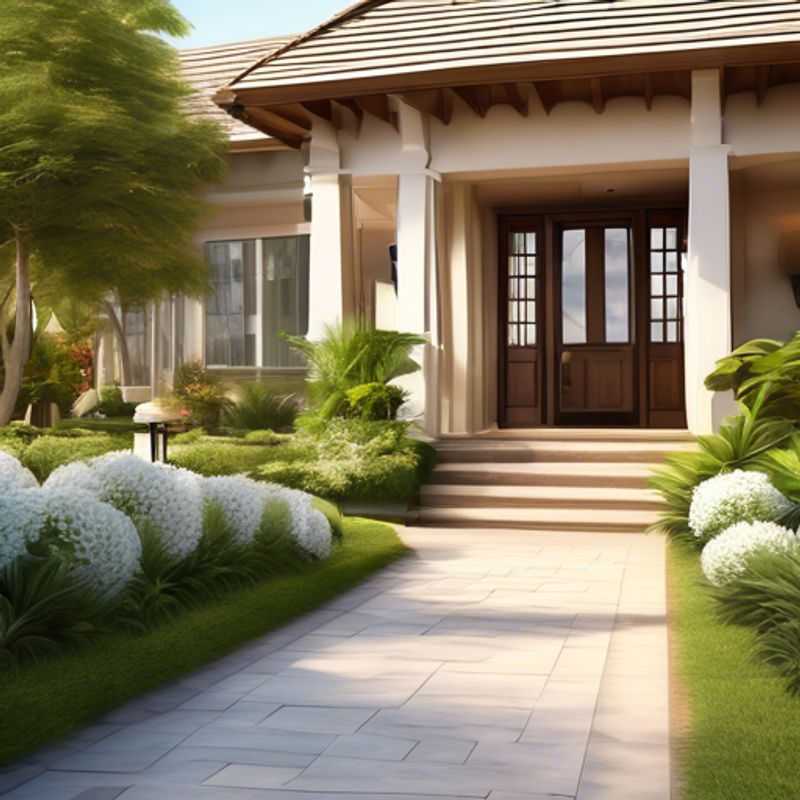
Top Things to Know Before Buying Front of House Landscaping: A Guide to Curb Appeal
Ah, front yard landscaping! A beautiful canvas waiting for your personal touch. But before you dive into the world of plants and pathways, let's talk about the essentials. This is less about digging in the dirt and more about a strategic approach to making your front yard an oasis of charm and functionality.
First things first, determine the overall style and theme you want to achieve. Are you aiming for a formal, manicured look, a wild and whimsical garden, or something in between? This will guide your plant selection, hardscaping choices, and the overall vibe you create.
Next, research the climate and soil conditions in your area. This is crucial for choosing plants that will thrive, not just survive, in your front yard. What are the average temperatures, rainfall patterns, and soil composition? Understanding these factors will make all the difference in the success of your landscaping project.
Speaking of plants, consider the amount of sunlight and shade in your front yard when selecting them. Do you have a sunny spot perfect for vibrant flowers, or a shady nook begging for shade-tolerant ferns? Knowing your light conditions will help you choose the right plant companions for your front yard.
Plan for a mix of different plant types, such as trees, shrubs, and flowers. This adds visual interest and creates a layered, multi-dimensional landscape. Think about height, texture, and bloom times to create a dynamic space that evolves throughout the year.
Now, let's talk about hardscaping elements, like pathways, retaining walls, or water features. These add structure, functionality, and an extra layer of visual appeal to your front yard. Consider how these elements will connect with your existing landscape, create flow, and highlight key features.
Finally, ensure proper drainage and irrigation systems are in place. This will keep your plants happy and healthy, and prevent any pesky waterlogged problems. Invest in a well-designed drainage system and a reliable irrigation system, and your front yard will thank you for it.
Remember, maintenance is key to keeping your front yard landscaping looking its best. Plan for regular weeding, pruning, and fertilization to ensure your plants continue to thrive.

Crafting Your Curb Appeal: Choosing the Right Style for Your Front Yard Landscape
Planning your front yard landscaping is an exciting process, but it's crucial to start with a clear vision. This vision dictates everything from plant selection to hardscaping and influences the overall look and feel of your home. Let's break down some key aspects to consider:
Style: Do you envision a classic, traditional design, a modern minimalist aesthetic, a whimsical cottage feel, or something else entirely? Knowing the style will guide your choice of plants, materials, and even colors. Remember, consistency is key, and a well-defined style creates a cohesive and visually appealing landscape.
Theme: Themes add a deeper layer to your front yard. Are you drawn to a serene zen garden, a vibrant Mediterranean landscape, a lush tropical oasis, or a wild, natural meadow? The chosen theme impacts the plant selection, hardscaping choices, and overall atmosphere you want to create.
Practical considerations: Don't forget to factor in practical needs like sun exposure, soil type, and your personal preferences. Are you a busy homeowner who values low-maintenance plants, or do you enjoy spending time nurturing your garden? Knowing these details helps you choose plants that thrive in your specific environment and align with your lifestyle.
Budget: Landscaping projects can range from simple and budget-friendly to extravagant and expensive. Determine your budget upfront to avoid exceeding it. Consider factors like material costs, labor, and ongoing maintenance. Keep in mind that you can often find budget-friendly alternatives for certain materials or plants, and DIY projects can help save on labor costs.
Sustainability: Incorporating sustainable practices can benefit both your wallet and the environment. Choosing drought-tolerant plants, reducing water usage, and using recycled materials are excellent ways to create a sustainable front yard.
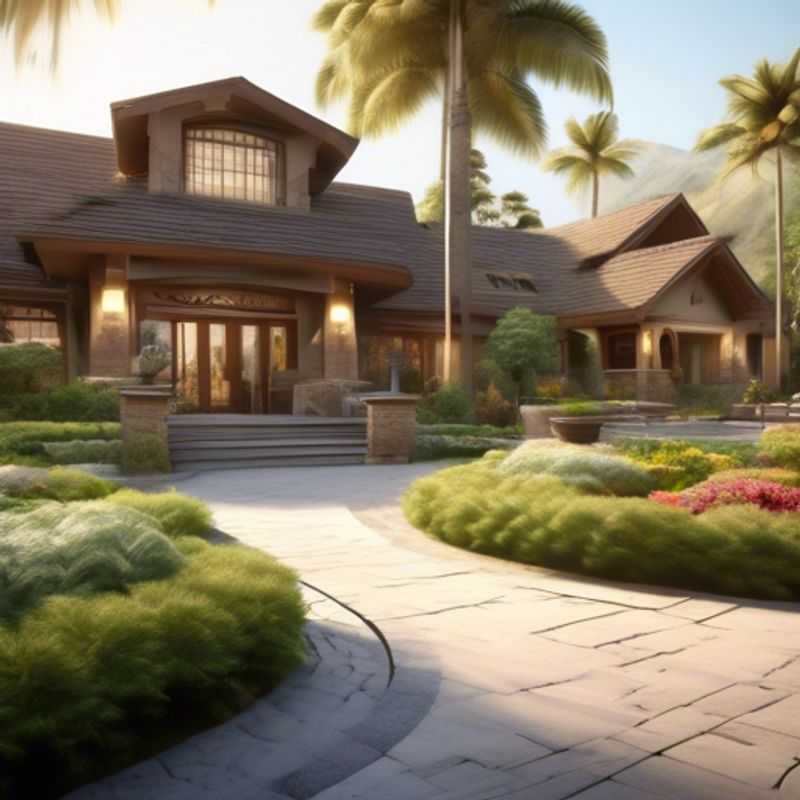
Unlocking Your Garden's Potential: Researching Climate & Soil for Plant Success
Choosing the right plants for your garden starts with understanding your local climate and soil conditions. This crucial first step ensures your plants thrive, saving you time and money in the long run.
Climate refers to the long-term weather patterns in your area, including average temperature, rainfall, and humidity. Knowing your climate zone helps you select plants that tolerate the local conditions. For example, if you live in a dry climate, you'll want to choose drought-tolerant plants.
Soil is the foundation for your plants, providing vital nutrients and water. Understanding your soil type is crucial for choosing plants that will thrive in your garden. Soil testing is a great way to understand your soil's pH, texture, and nutrient levels. You can find soil testing kits online or at your local garden center.
Consider consulting with local gardening experts or visiting a local nursery. They can provide personalized advice on the best plants for your specific climate and soil conditions.
Remember, a little research upfront can save you a lot of heartache later!
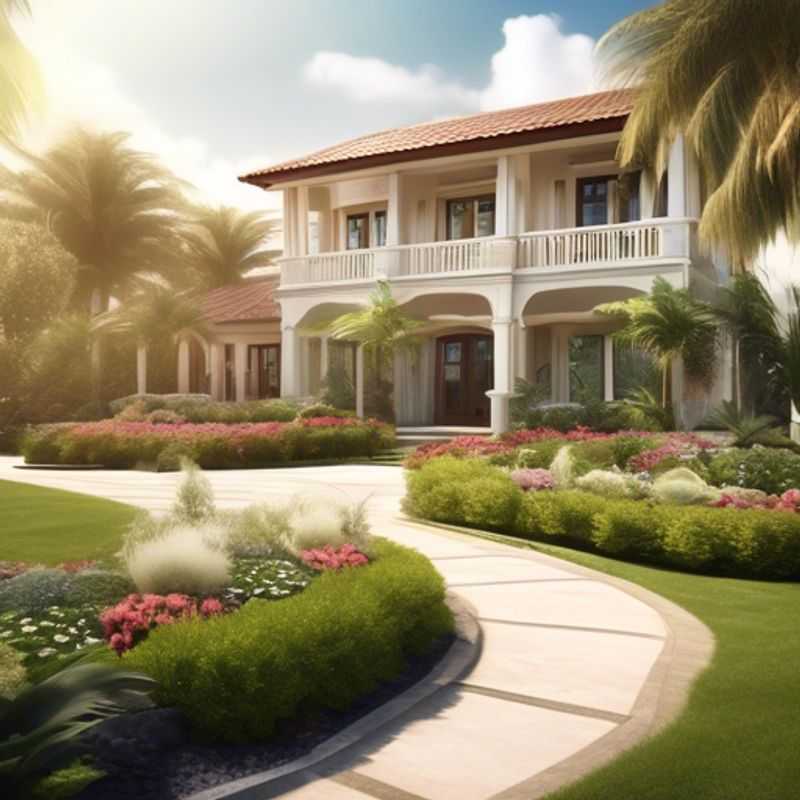
Sunlight and Shade: Selecting Plants for Your Front Yard
Knowing the amount of sunlight your front yard gets is crucial when choosing plants. Plants need a certain amount of sunlight to thrive, and planting them in the wrong location can lead to poor growth, disease, and even death.
Full sun areas receive at least 6 hours of direct sunlight daily. These spots are ideal for plants like sunflowers, tomatoes, and zinnias.
Partial sun areas receive between 3 and 6 hours of direct sunlight daily. Plants like lavender, roses, and hostas prefer these conditions.
Partial shade areas receive between 2 and 4 hours of direct sunlight daily, with some dappled shade throughout the day. Plants like ferns, begonias, and impatiens thrive in partial shade.
Full shade areas receive less than 2 hours of direct sunlight daily. Plants like hostas, ferns, and hellebores are well-suited for these spots.
For the most accurate assessment, consider the amount of sunlight your yard receives during different times of the day, especially in the summer months.
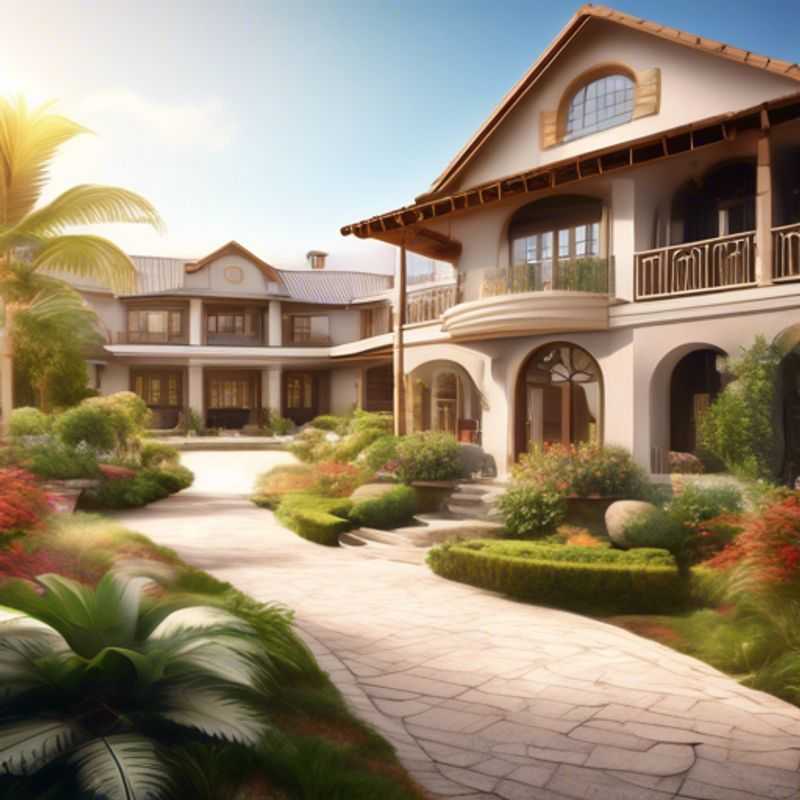
Planting Paradise: Creating a Diverse Garden with Trees, Shrubs, and Flowers
When planning a mixed garden, think about the overall effect you want to create. Do you desire a vibrant burst of color, a calming oasis, or a woodland retreat? Consider the size of your garden and the amount of sunlight it receives. Smaller gardens might benefit from layering shrubs and flowers, while larger spaces can accommodate trees.
For visual interest and ecological benefits, opt for a mix of textures, heights, and leaf shapes. Trees provide shade and structure, while shrubs add layers and visual interest. Flowers offer bursts of color and attract pollinators.
Consider the time each plant needs to mature and how much space it will require. For example, young trees may be small, but they will eventually grow larger, so it's crucial to plan accordingly.
Don't neglect the soil! Ensure you know the soil type in your garden and choose plants that thrive in those conditions. Soil testing can be beneficial and is often offered as a paid service by local nurseries or soil testing labs.
To control weeds and retain moisture, incorporate mulch. This can be organic material like shredded bark or wood chips or inorganic options like gravel or stones.
Remember that plants need water! Ensure you have a watering system in place, whether it's a sprinkler system, drip irrigation, or manual watering. Your local nursery or garden center can offer guidance on the best watering methods for your specific garden needs.
Lastly, consider the overall design of your garden. Think about walkways, seating areas, and other features that will enhance your enjoyment of the space. Remember to create a balance between the plants and the features to ensure a visually pleasing and functional garden.
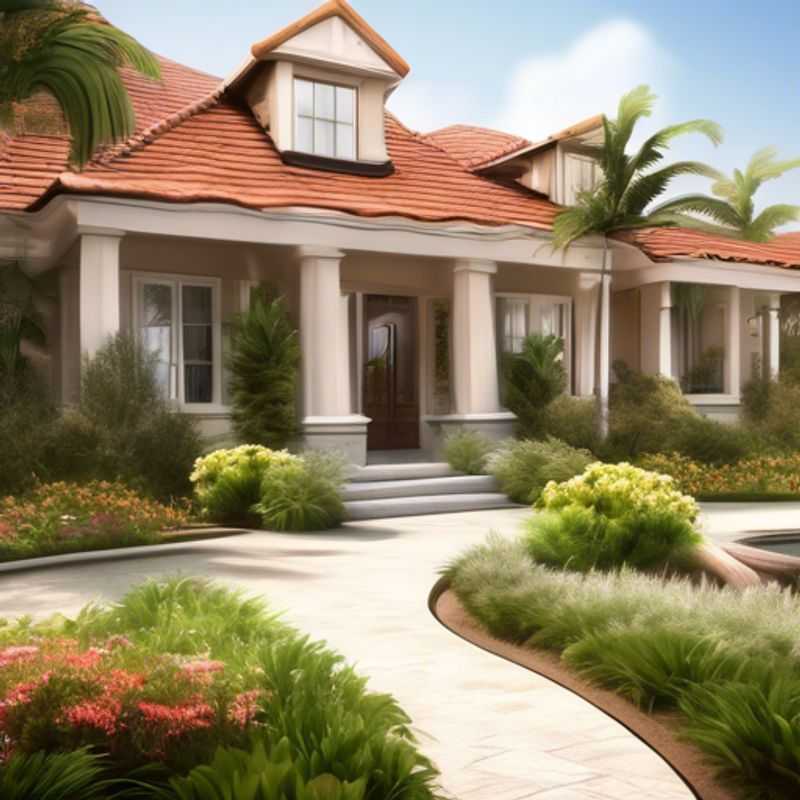
Transform Your Landscape: Incorporating Hardscaping Elements
Incorporating hardscaping elements like pathways, retaining walls, or water features can dramatically enhance your outdoor space. These elements not only improve the aesthetics of your property but also provide practical benefits, such as improved drainage, erosion control, and increased usable area.
Pathways are not just functional but add visual appeal to your landscape. They provide a clear way to navigate your property, connecting different areas and creating a sense of flow. Choose materials like stone, brick, gravel, or concrete based on your preference and budget.
Retaining walls are essential for managing slopes and preventing erosion. They create distinct levels, allowing you to utilize the full potential of your land and provide visual interest. When constructing a retaining wall, ensure that it is properly engineered to withstand the pressure of the soil.
Water features like fountains, ponds, or waterfalls add a tranquil atmosphere to your outdoor space. They can be simple or elaborate, depending on your vision and budget. Consider factors like water source, maintenance, and safety when planning your water feature.
Cost is a significant factor when incorporating hardscaping elements. The price varies depending on the materials, size, complexity, and labor required. You'll need to consider these costs during the planning phase:
Design: Hiring a professional landscape designer to create a plan that suits your needs can save you time and money in the long run.
Materials: The cost of materials varies significantly. Stone, brick, and concrete are commonly used but also come in a wide range of prices.
Labor: Hiring professionals for excavation, construction, and installation of hardscaping elements is essential for a successful project.
Remember to factor in any permits you may need depending on your local regulations. Finally, always prioritize safety by ensuring that the chosen hardscaping elements are well-maintained and free of any hazards.
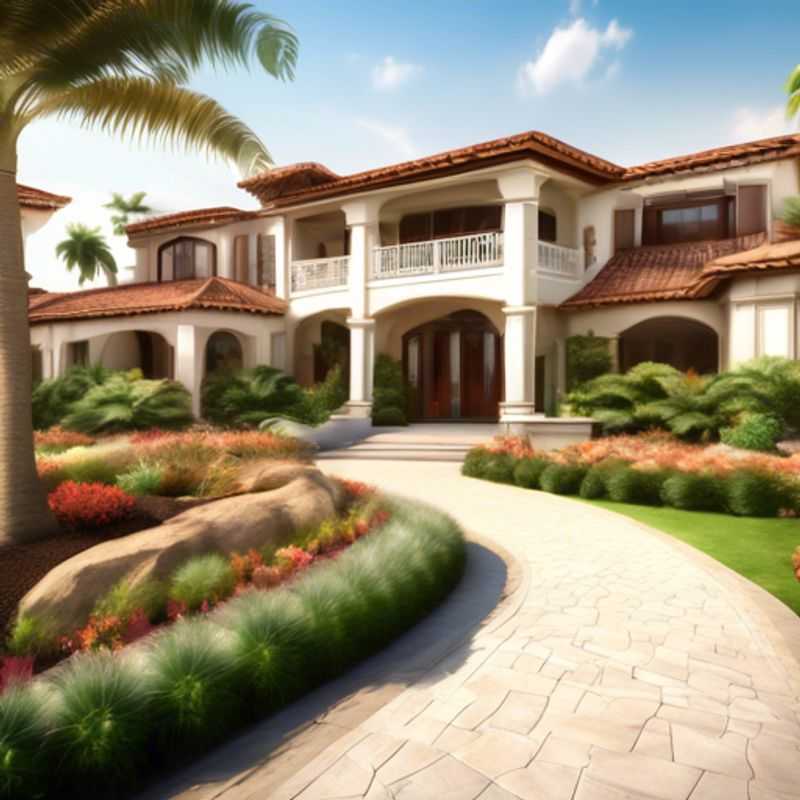
Ensuring Proper Drainage and Irrigation: A Foundation for a Thriving Landscape
Proper drainage and irrigation systems are crucial for healthy and productive landscapes. They play a vital role in managing water flow, preventing waterlogging, and ensuring adequate moisture for plant growth.
To ensure optimal drainage, consider these key aspects:
1. Slope: Landscaping should incorporate gentle slopes to facilitate water runoff. This prevents water from pooling and potentially damaging plants.
2. Soil Type: Soil characteristics influence drainage. Heavy clay soils tend to retain water, while sandy soils drain quickly. Adjusting soil composition by adding amendments like compost can improve drainage.
3. Drainage Systems: Installing drainage systems such as French drains or gravel-filled trenches can effectively redirect excess water away from sensitive areas.
Irrigation systems provide a controlled and efficient way to deliver water to plants. Consider the following factors:
1. Type of System: Drip irrigation, sprinkler systems, and soaker hoses are common options, each with pros and cons based on your specific needs and landscape design.
2. Water Source: Assess the availability of water sources such as municipal water, wells, or rainwater collection systems.
3. Water Needs: Different plant species have varying water requirements. Selecting appropriate plants and implementing a watering schedule that meets their needs is crucial.
4. Automation: Smart irrigation controllers can optimize water usage by adjusting watering times based on weather conditions and plant needs.
Consulting with a professional landscape architect or irrigation specialist can help you develop a comprehensive drainage and irrigation plan that suits your specific site and goals. Remember, a well-designed system can save you time, water, and money in the long run.
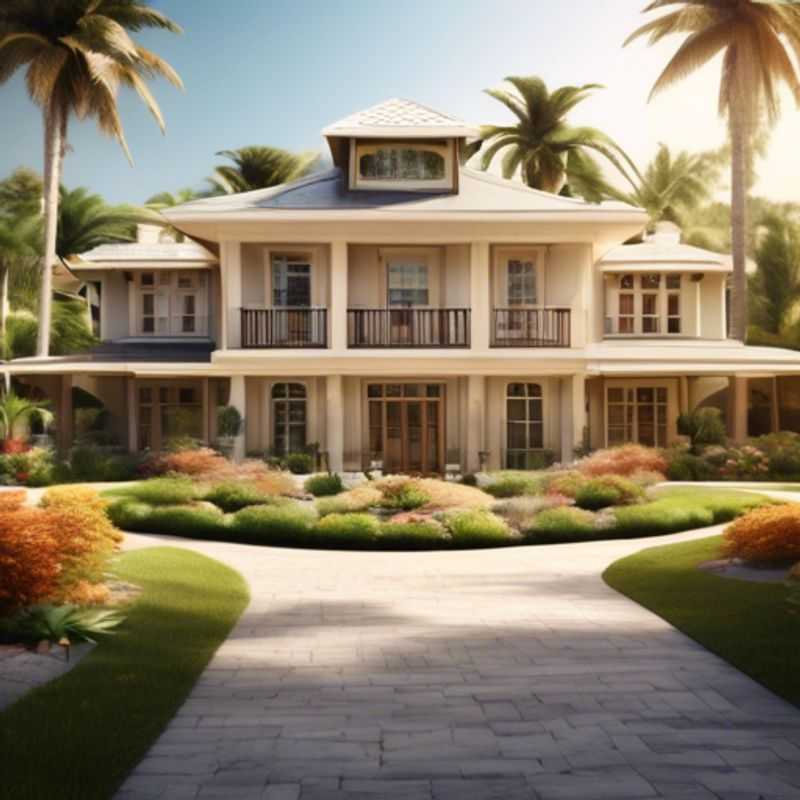
Keep Your Front Yard Flourishing: A Guide to Regular Landscaping Maintenance
A well-maintained front yard landscaping enhances curb appeal and adds value to your property. Regular upkeep ensures a healthy and visually appealing outdoor space. Here's a concise guide to keep your front yard looking its best:
Mowing: Regular mowing is crucial for maintaining a neat lawn. Aim to mow your lawn once a week during the growing season, adjusting the frequency based on grass type and growth rate. Ensure your mower blades are sharp for a clean cut.
Watering: Proper watering is essential for lawn health. Water deeply but infrequently, allowing the soil to dry slightly between watering sessions. Avoid overwatering, which can lead to root rot. Consider using a sprinkler system or drip irrigation for efficient water distribution.
Fertilizing: Regular fertilization provides essential nutrients to your lawn. Apply fertilizer according to the type of grass and soil conditions. Follow the instructions on the fertilizer packaging for safe and effective application.
Weeding: Weeds compete with your lawn for nutrients and water. Regularly remove weeds by hand pulling or using a herbicide. Consider pre-emergent herbicides to prevent weed seeds from germinating.
Pruning: Proper pruning encourages healthy growth and maintains the desired shape of shrubs and trees. Remove dead, diseased, or damaged branches. Prune during the dormant season for most trees and shrubs. Consult a professional for specific pruning techniques for different species.
Mulching: Apply a layer of mulch around your plants and trees to retain moisture, suppress weeds, and regulate soil temperature. Choose an organic mulch like wood chips or shredded bark, as they decompose and enrich the soil over time.
Pest and Disease Control: Monitor your lawn and plants for signs of pests and diseases. Identify and treat infestations promptly to prevent damage and maintain the health of your landscaping.
Professional Services: For more complex landscaping projects or maintenance, consider hiring professionals. Landscape architects can design your outdoor space, while landscaping companies can handle installation and ongoing maintenance, including mowing, weeding, pruning, and fertilization. These services can range from basic lawn care to more elaborate projects like irrigation system installation and landscape design.
Remember, a well-maintained front yard landscaping requires regular attention and care. By following these tips, you can ensure your outdoor space remains a beautiful and welcoming feature of your home.
